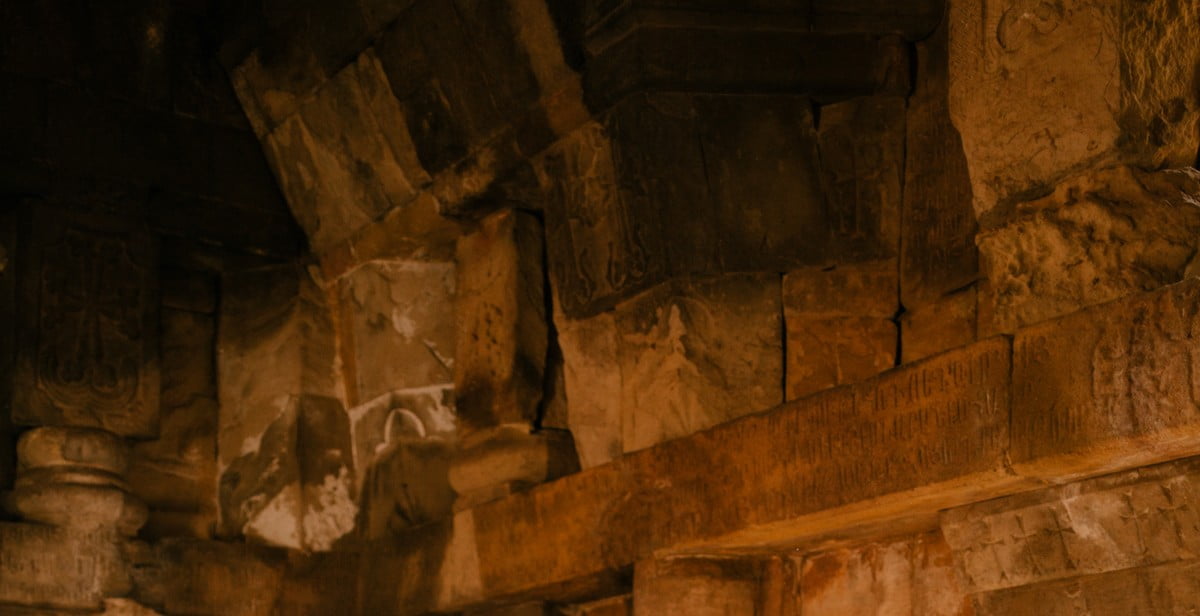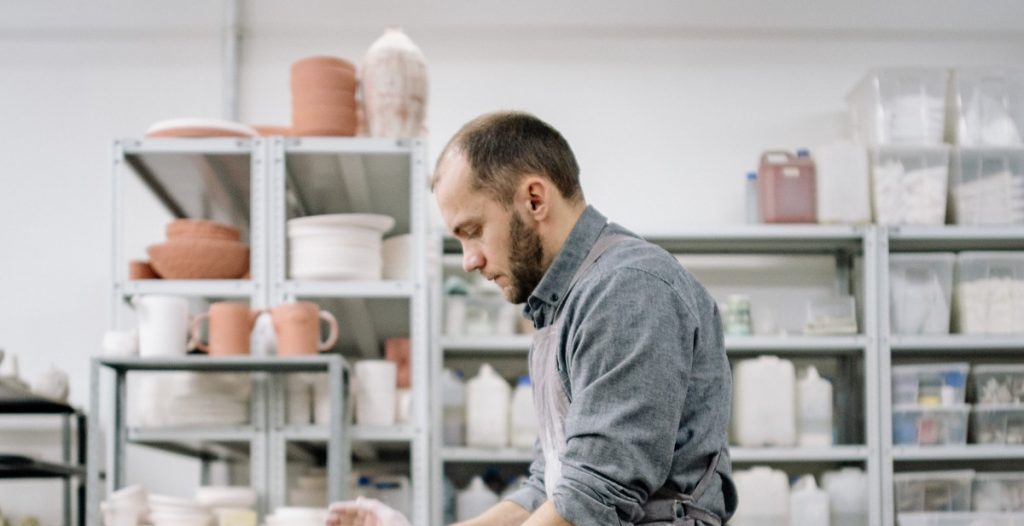The History of Candles: From Ancient Times to Modern-Day
Candles have been used for centuries to provide light, warmth, and even spiritual significance. The history of candles dates back to ancient civilizations, where they were made from natural materials such as tallow, beeswax, and animal fat. Over time, the production and use of candles evolved, leading to the creation of new materials and designs.
Ancient Times
The earliest known use of candles dates back to ancient Egypt, where they were used during religious ceremonies. These candles were made from beeswax and tallow, and featured a wick made from papyrus or flax. The ancient Greeks and Romans also used candles, with the latter using them to light their homes and streets.
Medieval Times
During the Middle Ages, candles were primarily made from animal fat and were used for both religious and practical purposes. They were also used as a source of light for early scientists and inventors, such as Galileo and Newton.
Modern-Day
Today, candles are made from a variety of materials, including paraffin wax, soy wax, and beeswax. They are used for a variety of purposes, including decorative, aromatic, and religious. The production and use of candles continue to evolve, with new designs and scents being introduced regularly.
| Wax Type | Description |
|---|---|
| Paraffin Wax | A byproduct of petroleum that is commonly used for candles due to its low cost and ability to hold fragrance and color. |
| Soy Wax | A renewable resource made from soybeans that burns cleanly and is eco-friendly. |
| Beeswax | A natural wax produced by bees that burns longer and emits less smoke than other waxes. |

Ancient Times
The history of candles dates back to ancient times when humans discovered fire. The discovery of fire revolutionized human life and allowed for the development of various technologies, including candle-making. The first candles were made from natural materials such as tallow (animal fat) and beeswax.
The Earliest Candles
The earliest candles were made by dipping a wick into melted tallow or beeswax repeatedly until the desired thickness was achieved. These candles were not very efficient and emitted a lot of smoke and odor due to the impurities in the materials used. However, they were the only source of light available at the time and were widely used for lighting homes, streets, and public spaces.
The Use of Candles in Religious Ceremonies
Candles have been used in religious ceremonies for centuries. In ancient times, candles were used in pagan rituals and were believed to have mystical powers. When Christianity emerged, candles became an important part of religious ceremonies, particularly in the Roman Catholic Church.
Candles were used to symbolize the presence of God, and their light was believed to represent the light of Christ. The use of candles in religious ceremonies eventually spread to other Christian denominations and other religions, including Judaism and Islam.
The use of candles in religious ceremonies continues to this day, and candles are often used in churches and other places of worship to create a peaceful and meditative atmosphere.
| Candle Type | Materials Used |
|---|---|
| Tallow Candle | Animal Fat |
| Beeswax Candle | Beeswax |

The Medieval Period
The Middle Ages, also known as the Medieval Period, is a time in European history that lasted from the 5th to the 15th century. During this time, candles played a significant role in daily life.
The Rise of Beeswax Candles
Beeswax candles were introduced during the medieval period, and they quickly became popular due to their sweet scent and bright flame. They were also considered a luxury item and were often used in religious ceremonies.
Beeswax candles were made by melting and filtering the wax from honeycombs. Because beeswax was expensive and difficult to produce, only the wealthy could afford to use them regularly.
The Introduction of Tallow Candles
Tallow candles were also introduced during the medieval period. Tallow is a byproduct of animal fat, and it was readily available and cheap to produce.
Tallow candles were not as popular as beeswax candles because they emitted an unpleasant odor when burned. However, they were more affordable and accessible to the general population.
The Role of Candles in the Middle Ages
Candles played a crucial role in the daily life of people during the medieval period. They were used for lighting homes, churches, and public spaces before the invention of electricity.
Candles were also used as a source of heat and were often placed in candlesticks or chandeliers. They were also used for religious ceremonies, such as mass and prayer, and were believed to have spiritual significance.
| Beeswax Candles | Tallow Candles | |
|---|---|---|
| Source | Produced from beeswax | Produced from animal fat |
| Cost | Expensive and accessible only to the wealthy | Cheap and accessible to the general population |
| Odor | Sweet-smelling | Unpleasant odor when burned |
| Uses | Religious ceremonies and luxury items | Lighting homes and public spaces |

The Renaissance and Enlightenment
The Renaissance and Enlightenment periods were marked by great advancements in science, art, and literature. This was also a time of significant progress in the candle-making industry. The development of new candle-making techniques allowed for the production of candles that burned brighter and longer.
The Development of New Candle-Making Techniques
During the Renaissance, tallow candles were still the most common type of candle. However, new techniques were being developed to make candles from beeswax and spermaceti. Beeswax candles burned brighter and had a pleasant scent, while spermaceti candles burned even longer than tallow candles.
One of the most significant advancements in candle-making during this period was the creation of the wick. Prior to this, candles were made by dipping a string into melted wax repeatedly. The wick allowed for a more efficient and consistent production process.
The Use of Candles in Scientific Experiments
The Enlightenment was a time of great scientific discovery, and candles played a crucial role in many experiments. Candle flames were used to study the properties of gases, and the amount of soot produced by a candle was used to measure the quality of air in a room.
One famous experiment involved French scientist Antoine Lavoisier, who used a candle to demonstrate that combustion required oxygen. He placed a burning candle in a closed jar and observed that the flame eventually went out as the candle consumed all the available oxygen.
The Emergence of Candle-Making as an Industry
By the end of the 18th century, candle-making had become a significant industry in Europe and America. The introduction of machines allowed for the mass production of candles, making them more affordable and accessible to the general public.
One of the most famous candle-makers of the time was Joseph Morgan, who founded the first commercial candle factory in America in 1786. He used a combination of tallow, beeswax, and spermaceti to create high-quality candles that were in high demand.
| Advancements in Candle-Making during the Renaissance and Enlightenment |
|---|
| New techniques for making beeswax and spermaceti candles |
| The invention of the wick |
| Candle flames used in scientific experiments |
| The emergence of candle-making as an industry |

Modern Times
The invention of the light bulb in the late 19th century marked the beginning of the decline of candle-making as a primary source of lighting. However, candles continued to be used for special occasions and religious ceremonies.
In the 20th century, candles experienced a resurgence as a luxury item. With the advent of scented candles, they became more than just a source of light. Candles are now used for relaxation, meditation, and aromatherapy. The demand for high-quality, handmade candles has grown, and artisanal candle-making has become a popular hobby and small business venture.
The Decline of Candle-Making
Although candles were still used for special occasions, the widespread use of electricity in the 20th century meant that candles were no longer the primary source of lighting. The decline of candle-making as an industry was further compounded by the availability of cheaper, mass-produced candles.
Many traditional candle-making techniques were lost as the industry declined. However, a few artisanal candle-makers continued to keep the craft alive, passing down their knowledge from generation to generation.
The Resurgence of Candles as a Luxury Item
Candles have experienced a resurgence in popularity as a luxury item in recent years. With the rise of the wellness industry, candles have become an integral part of self-care routines. Scented candles are now available in a range of fragrances, from floral and fruity to spicy and woody.
Artisanal candle-makers have capitalized on this trend, creating high-quality, handmade candles that are sought after by consumers who value craftsmanship and natural ingredients. The popularity of candles as a luxury item has also led to the creation of candle subscription services, where customers can receive a monthly supply of artisanal candles.
| Pros | Cons |
|---|---|
| Can be used for relaxation and aromatherapy | Not a primary source of lighting anymore |
| Artisanal candle-making has become a popular hobby and small business venture | Mass-produced candles are cheaper and more widely available |
| Candles are now available in a range of fragrances | Traditional candle-making techniques have been lost |

Conclusion
In conclusion, candles have been an integral part of human history for thousands of years. From their early use in ancient civilizations as a source of light and warmth, to their role in religious ceremonies and cultural traditions, candles have been a symbol of comfort, hope, and spirituality throughout history.
With the advent of modern technology, the use of candles has evolved to include not only practical purposes but also as a form of relaxation and aromatherapy. Today, candles come in a variety of shapes, sizes, and scents, and are used to create ambiance, set the mood, and enhance our overall well-being.
Despite the many changes that have occurred in the world since the first candle was created, the basic concept remains the same. A wick, a source of fuel, and a container are all that is needed to create a beautiful and functional candle.
Whether you are lighting a candle for religious purposes, to create a cozy atmosphere, or simply to enjoy the fragrance, the history of candles reminds us of their timeless appeal and the important role they have played in human history.
- From ancient Egypt to modern-day, candles have been used for many purposes.
- Candles are a symbol of comfort, hope, and spirituality.
- Modern candles are used for relaxation and aromatherapy.
- A wick, a source of fuel, and a container are all that is needed to create a candle.
So the next time you light a candle, take a moment to appreciate the rich history and symbolism behind this simple yet powerful object.



